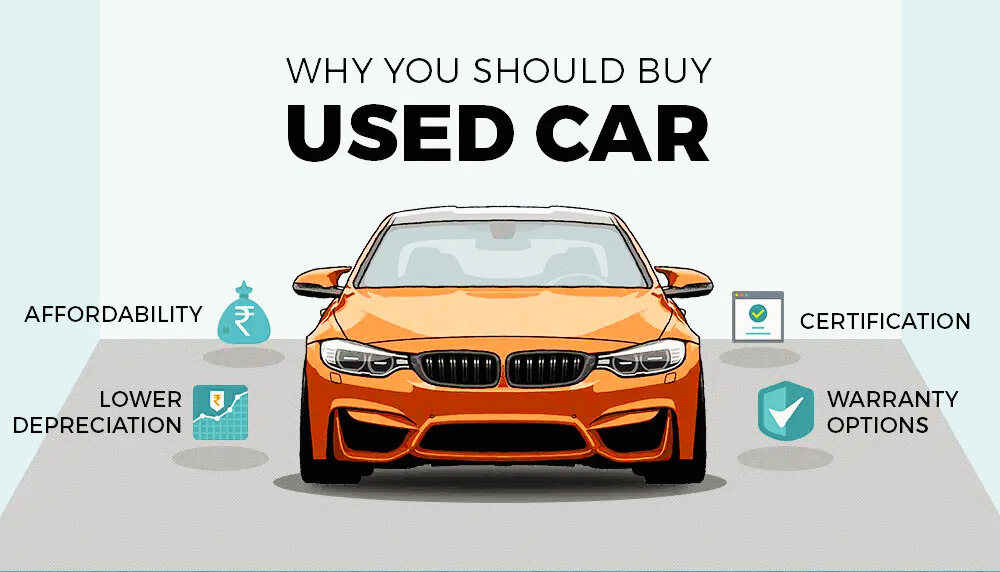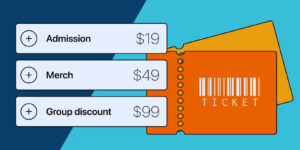Introduction:
Buying a used car can be a smart financial move, but it also requires careful consideration and research. With so many options and factors to consider, it’s easy to feel overwhelmed. However, with the right approach, you can find a reliable, affordable vehicle that suits your needs without falling victim to common pitfalls. In this guide, we’ll walk you through everything you need to know about how to choose a used car, ensuring you make a well-informed decision.
1. Determine Your Budget
The first step in choosing a used car is to figure out your budget. You don’t want to waste time looking at vehicles that are out of your price range. Here are some tips on setting a realistic budget:
- Factor in More Than the Price: When creating your budget, don’t just focus on the upfront cost. Be sure to account for additional expenses like taxes, registration fees, insurance premiums, and potential repair costs.
- Decide on a Payment Method: Are you planning to pay cash, or will you be financing the vehicle? If you’re financing, consider the monthly payments and the length of the loan to ensure it’s manageable.
- Set a Price Range: Establish a clear price range that includes all related costs so that you can avoid overspending. A good rule of thumb is to keep the purchase price of the vehicle at around 20% of your annual income, but adjust this based on your financial situation.
2. Identify Your Needs and Preferences
Before diving into used car listings, you should have a clear understanding of what you want and need from a vehicle. Consider the following:
- Purpose: Are you buying the car for commuting, family trips, off-roading, or city driving? A compact car might be suitable for urban areas, while an SUV or minivan is ideal for larger families or long-distance travel.
- Fuel Efficiency: If you have a long commute or do a lot of driving, consider a car with good fuel efficiency. This will help you save money in the long run on gas.
- Size and Space: Do you need a large vehicle for transporting goods or a smaller one for ease of parking and maneuvering?
- Features: What features are important to you? Do you want advanced safety features like lane departure warnings or blind-spot monitoring? Is entertainment tech like Apple CarPlay or Android Auto a priority?
Making a list of must-haves will help you narrow down your search and focus on cars that meet your criteria.
3. Research Reliable Makes and Models
Not all used cars are created equal. Some brands and models have a reputation for longevity and reliability, while others may come with higher maintenance costs. Here’s how to identify reliable options:
- Check Reliability Ratings: Use resources like Consumer Reports or J.D. Power to check the reliability ratings of different models. These reports provide insights into common issues and the overall durability of the car.
- Research Maintenance Costs: Some vehicles are cheaper to maintain than others. Research average repair and maintenance costs for the models you’re considering, as this can affect your total ownership costs.
- Avoid Certain Models: Be aware of cars with a reputation for frequent breakdowns or those that have been subject to numerous recalls. You can often find this information through automotive websites and forums.
4. Vehicle History Report
Once you’ve identified a potential used car, one of the most critical steps is to obtain a vehicle history report. This report provides detailed information about the car’s past, which can reveal potential red flags. Here’s what to look for:
- Accidents: Cars involved in major accidents may have hidden structural damage, even if the repairs seem fine on the surface.
- Title Status: Ensure the car has a clean title. Stay away from vehicles with salvage titles, which indicate the car was deemed a total loss by an insurance company.
- Mileage: Compare the mileage to the age of the vehicle. A high-mileage car might be more prone to mechanical issues, but some cars can still run reliably with higher mileage if they’ve been well-maintained.
- Number of Owners: Fewer previous owners typically indicate better care, although this isn’t always the case. A vehicle with several owners in a short period may be a red flag.
- Service Records: A well-documented service history suggests that the car has been properly maintained, which reduces the likelihood of future problems.
Websites like Carfax or AutoCheck offer vehicle history reports for a small fee, and many dealerships also provide them for free when requested.
5. Inspect the Car Thoroughly
Once you’ve shortlisted a car, you’ll need to inspect it closely, whether you’re buying from a dealership or a private seller. A thorough inspection is crucial to avoid costly surprises down the road. Here are some areas to focus on:
Exterior Inspection:
- Body Condition: Look for rust, dents, or any signs of repainting, which could indicate past accidents. Ensure the doors, trunk, and hood open and close smoothly.
- Tires: Check for uneven tire wear, which may suggest alignment issues or suspension problems.
- Lights: Ensure all lights (headlights, brake lights, turn signals) are functioning correctly.
- Windows and Mirrors: Inspect the windshield for cracks and ensure windows and mirrors are in good condition.
Interior Inspection:
- Seats and Upholstery: Check for tears, stains, or excessive wear. Ensure seat adjustments work properly.
- Electronics: Test all electronics, including the air conditioning, heater, radio, and any other tech features.
- Odors: A moldy or musty smell could indicate water damage.
Engine and Under the Hood:
- Fluids: Check the levels and quality of the car’s fluids (oil, coolant, transmission fluid). Dirty fluids or low levels could signal neglect.
- Belts and Hoses: Inspect for cracks or wear on belts and hoses, which can be expensive to replace.
- Leaks: Look for any signs of fluid leaks under the car.
It’s always a good idea to take the car to a trusted mechanic for a pre-purchase inspection. A professional mechanic can identify issues you may not notice, potentially saving you from buying a car with hidden problems.
6. Take a Test Drive
Never skip the test drive! It’s the best way to gauge how the car feels and performs on the road. During the test drive, pay attention to:
- Handling and Comfort: Does the car drive smoothly? Does it feel comfortable? Are there any unusual noises?
- Acceleration and Braking: Does the car accelerate quickly without hesitation? Do the brakes feel responsive and firm?
- Steering and Alignment: Ensure the steering is precise and the car doesn’t pull to one side.
- Transmission Performance: Whether it’s manual or automatic, check that the gears shift smoothly.
- Visibility: Ensure you have a clear line of sight in all directions and that mirrors are properly positioned.
A test drive will give you a good sense of whether the car is mechanically sound and comfortable to drive.
7. Consider Certified Pre-Owned (CPO) Options
If you’re looking for additional peace of mind, consider buying a Certified Pre-Owned (CPO) vehicle. CPO cars have undergone rigorous inspections and typically come with extended warranties from the manufacturer. These cars are generally newer with lower mileage and offer benefits such as:
- Manufacturer-backed warranties: This can protect you from major repairs soon after purchase.
- Free maintenance: Some CPO programs include free maintenance for a certain period.
- Roadside assistance: Many CPO cars come with added benefits like roadside assistance.
While CPO cars may cost more than non-certified used cars, the additional warranty and peace of mind can be worth the investment.
8. Negotiate the Best Deal
After you’ve found the right car, it’s time to negotiate the price. Do your homework and know the fair market value of the car before entering negotiations. Use resources like Kelley Blue Book or Edmunds to determine a reasonable price based on the car’s make, model, age, and condition.
Here are some negotiation tips:
- Be Polite but Firm: Don’t be afraid to make a lower offer, but always be respectful.
- Use the Vehicle’s Condition: If you’ve noticed any minor issues, like worn tires or scratches, mention them as a way to negotiate a lower price.
- Be Willing to Walk Away: If the seller isn’t budging and you feel the price is too high, be prepared to walk away. There are always other cars available.
9. Complete the Paperwork
Once you’ve agreed on a price, it’s time to complete the transaction. Here’s what you’ll need:
- Title Transfer: Make sure the title is transferred to your name. If buying from a private seller, verify that there are no liens on the vehicle.
- Bill of Sale: A bill of sale outlines the terms of the transaction and acts as a receipt.
- Registration and Taxes: You’ll need to register the vehicle and pay any applicable taxes. In most states, the dealership handles this for you, but if you’re buying privately, you’ll need to visit your local DMV.
Final Thoughts
Choosing the right used car doesn’t have to be overwhelming. By setting a budget, doing thorough research, and taking the time to inspect and test the vehicle, you can confidently make a smart purchase that meets your needs. Whether you’re buying from a dealer or a private seller, following these steps will help ensure you drive away with a reliable, well-priced car that serves you for years to come.








